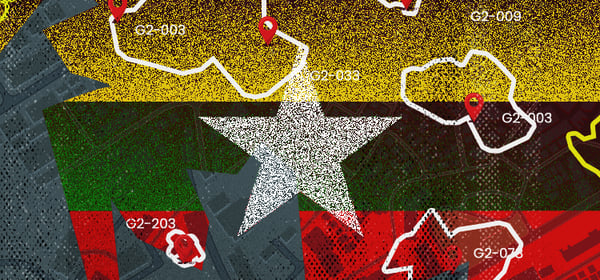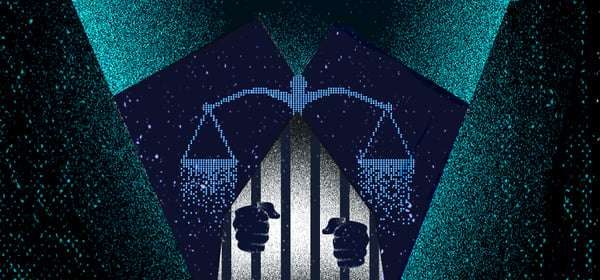
Mar 16, 2021
From ISIS to Q-Anon, criminal networks, and financial frauds: large-scale violence and crime are rarely the work of isolated individuals. “Networked actors” like these are increasingly notorious for their widespread use of social media to communicate, recruit, disseminate ideology, and plan violent…
Continue Reading







